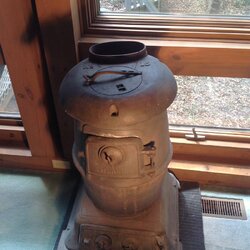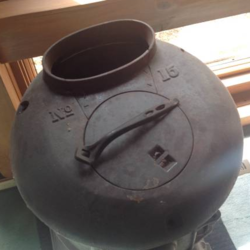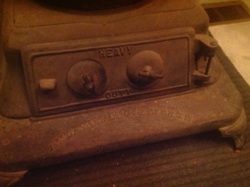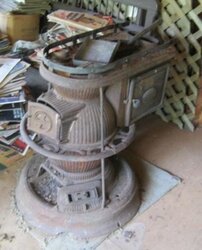I have done a ton of research and cannot find any information on an Atlanta Stove Works No 15. Gentleman I purchased it from said he bought it in the 1970's and said it was a "railroad stove"
I love it and plan on using it in my screen porch, just wanted more information on its history.
Any info is appreciated.
Thanks!
I love it and plan on using it in my screen porch, just wanted more information on its history.
Any info is appreciated.
Thanks!





